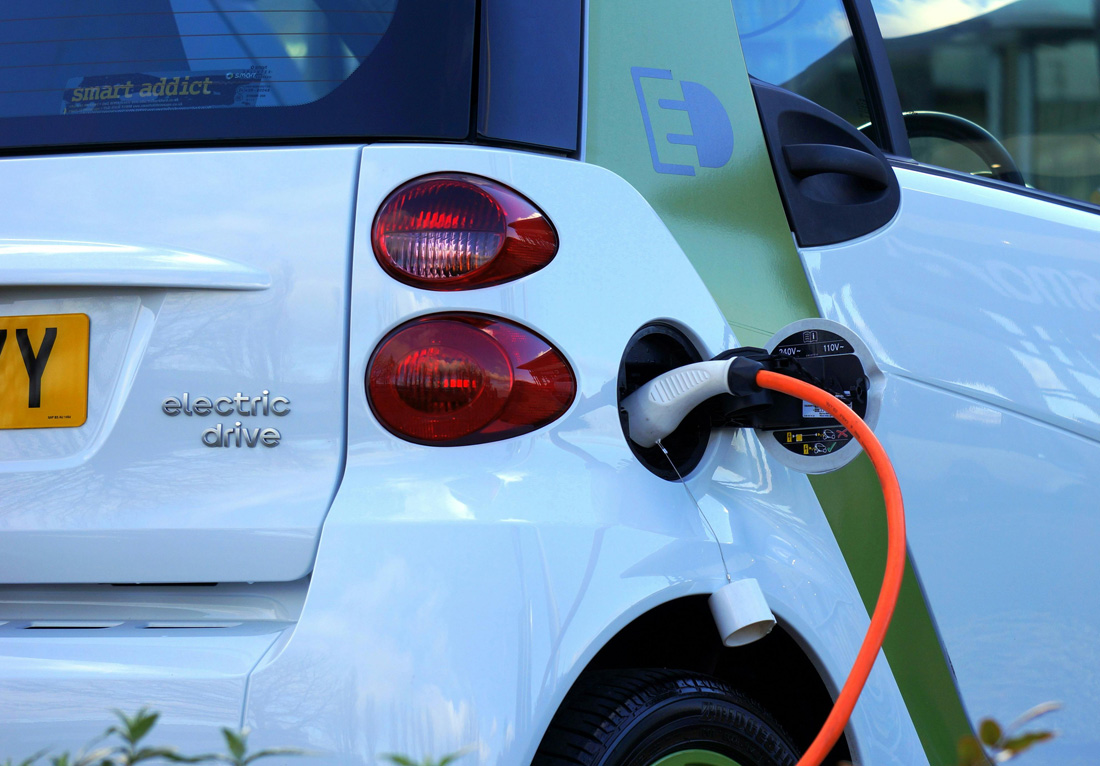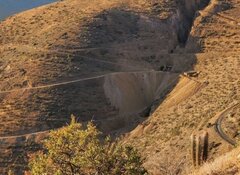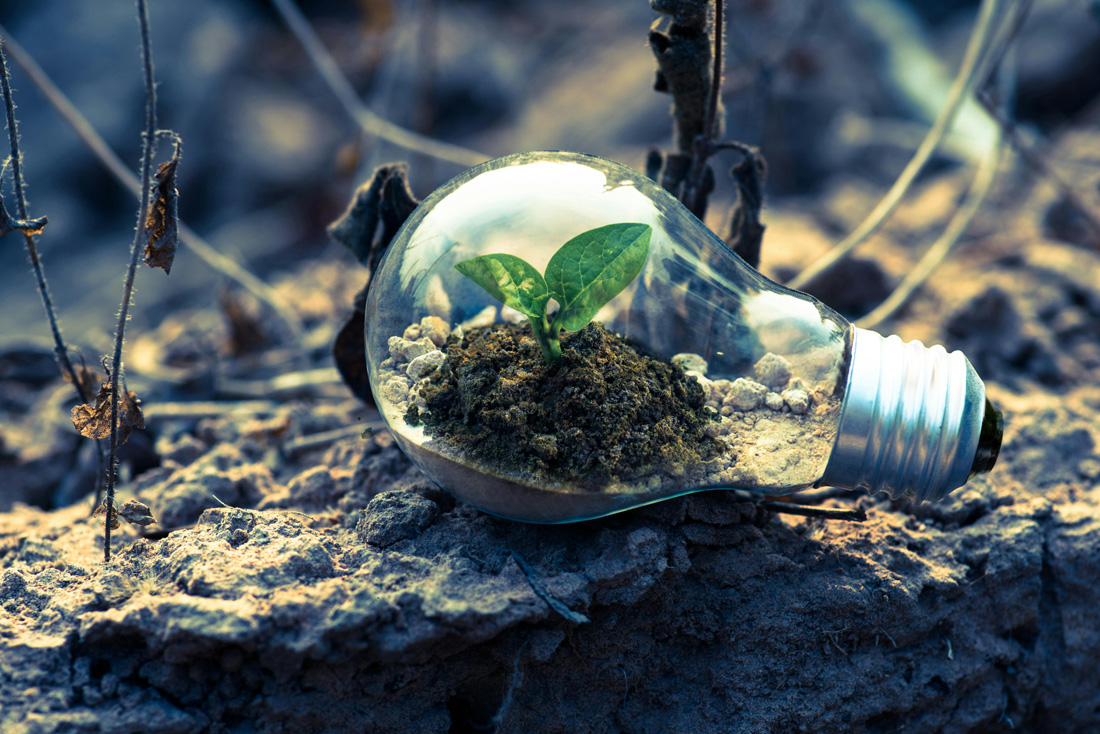The company is called Baotou Steel.
It produces about half of the world's rare earth supply, and was just excluded from the Chinese Ministry of Commerce's list of 11 approved exporters for 2012.
''Baotou is the world's largest producer and has the highest quota for export and production. It is unimaginable for the industry if it loses its quota because of environmental concerns,'' a Chinese industry insider told Shanghai Securities News.
China also just imposed a rare earth export quota of 30,184 tons this year, down marginally from 30,258 in 2010.
While not significant, the fact that China is still choking off global supplies is enough to raise American eyebrows. . .
And it may be why the U.S. Department of Energy just warned rare earth supplies are facing some of their most critical supply levels.
If things don't improve, many of our greatest technological advancements could start disappearing from store shelves. Tack computers, TVs, high-tech gadgets, batteries, electric motors, energy-reducing light bulbs, medical devices and cell phones all require rare earths in their manufacturing.
Even PricewaterhouseCoopers (PwC) is sounding the alarm on the supply shortage, which will seriously impact the auto, chemical, and renewable energy industries:
According to a survey of executives from 69 manufacturing companies released by PwC, 14 of the 17 rare earth metals that include cerium, dysprosium, fluorspar and beryllium are set to become even scarcer within the next five years.
Demand for rare earth metals is currently expected to outstrip supply by 30-50,000 tons in 2012.This shortage is likely to result in a decline in production rate of devices and products such as mobile-phones, TVs, military equipment and wind turbines that require rare earth metal made components.
It's no longer a question of if. . .
Demand is Still Strong
Challenges to find rare earth metals and getting them into production is still a heavy task. And with new technologies emerging, rare earth demand will only increase.
Global demand for rare earths has already increased 50% over the last decade—and is forecast to keep rising.
According to the Geological Society of London: "There are not enough REE available to countries other than China. . .It will take a decade or longer to go through all the technical, financial, environmental, and regulatory stages needed to establish a new mine."
That means you want to own rare earth stocks now.
The rare earths under critical demand include dysprosium, terbium, europium, neodymium, and yttrium, according to the Energy Department.
And what makes the situation even more dire is that none of these have material substitutes—and they only come from a small group of producers.
According to the Energy Department's report:
- Yttrium, used to make compact fluorescent lamps, is 100 per cent imported from China since there are no other producers mining or refining it.
- Dysprosium, essential for magnets that can operate at high temperatures such as vehicle drives, also mostly come China.
- Terbium, the only viable substitute for dysprosium, is even rarer and more expensive.
Washington is so concerned about military dependence on Chinese rare earths that it just ordered a full study of potential alternatives—and for good reason: this family of metals is essential in building Predator missiles, night vision goggles, tanks and radar systems.
Toyota is looking elsewhere to secure supplies of the materials it needs to build its Prius. (Inside each Prius are roughly 40 to 60 pounds of rare earths.) The automaker just announced plans for a joint venture with Canadian junior mining company Matamec (MAT.V) to develop rare earths.
"Toyota is the biggest car company in the world and the Prius is 8% of their manufacturing," says Jack Lifton, an independent consultant and expert on rare earth elements.
"Add to that other hybrid cars and the batteries used in small mopeds in China, and there's not enough lanthanum on the market today. Toyota is the first and only car company to invest in a rare earth mine."
While governments and corporations scramble to find their next rare earth supply, my colleague Nick Hodge has been telling readers about a rare earth hot spot right here in North America. . .
It's estimated this particular tract of Canadian wilderness contains some 24 billion tons of the metals we so desperately need. The property is chock-full of rare earths—as well as gold, copper, uranium and more—and boasts enough to supply the planet for dozens of years.
Trading with a market cap of just over $16 million—peanuts, given its potential—word is getting out about this Canadian mine. . .
But Nick got the story first.
He went to the mine, spoke with the company's CEO, and filmed his trip so you could see it for yourself.
Get excited about the New Year.
It's going to be a great year for shareholders of the company that owns this mineral wealth.
Wealth Daily



































